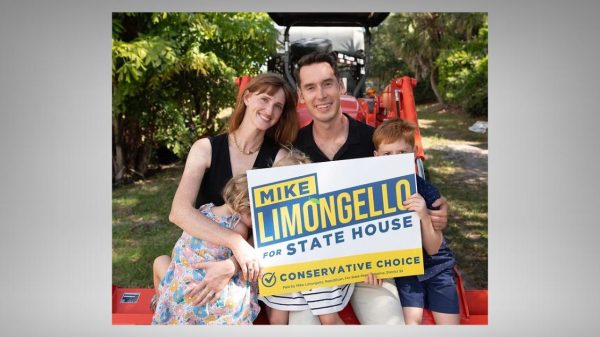Florida’s housing market continued its positive momentum in July despite the coronavirus pandemic, with more closed sales, more new pending sales, higher median prices and more new listings compared to a year ago, according to Florida Realtors latest housing data.
Single-family existing homes sales rose 11.7 percent compared to July 2019, “the best monthly performance for this property type since January’s nearly 18 percent increase,” according to Florida Realtors Chief Economist Dr. Brad O’Connor.
“New pending sales of single-family homes also showed big gains, up by 21.7 percent compared to July of last year,” he said. “Coupled with the 23.2 percent year-over-year increase in new pending sales in June, all indications are that this wave of closed sales will continue on through the end of the summer and perhaps beyond. Year-to-date through July, statewide single-family existing home sales are only down by about 4 percent compared to last year – so it’s quite likely that by the end of August, we will be in positive territory overall for 2020.”
O’Connor noted that July’s existing condo-townhouse closed sales rose year-over-year as well, while the category’s new pending sales increased 19 percent compared to July 2019, after a gain of 19.8 percent year-over-year in June – “putting us in great shape going into the fall.”
July’s market data shows the underlying strength of Florida’s economy and real estate sector, according to 2020 Florida Realtors President Barry Grooms, a realtor and co-owner of Florida Suncoast Real Estate in Bradenton.
“The latest data shows our state’s housing market continues to recover from the stall experienced this spring,” Grooms said. “Even as we all must continue to take the recommended precautions to safeguard our health and our communities due to the pandemic, record-low interest rates and a renewed interest in homeownership are driving homebuyer demand. Consumers can turn to a local realtor for expert advice and guidance on how to navigate the complexities of buying or selling a home.”
Last month’s closed sales of single-family homes statewide rose 11.7 percent year-over-year, totaling 31,436, while existing condo-townhouse sales totaled 11,147, up 6.5 percent – the first year-over-year increase in this category since March, according to O’Connor. Closed sales may occur from 30- to 90-plus days after sales contracts are written.
In July, the statewide median sales prices for both single-family homes and condo-townhouse properties rose year-over-year for the 103rd consecutive month. The statewide median sales price for single-family existing homes was $295,000, up 10.1 percent from the previous year, according to data from Florida Realtors Research Department in partnership with local realtor boards/associations. Last month’s statewide median price for condo-townhouse units was $210,000, up 11.7 percent over the year-ago figure. The median is the midpoint; half the homes sold for more, half for less.
Year-over-year growth in median sale prices was up soundly for both property type categories in July, according to O’Connor.
“I caution that these year-over-year percentage increases may be slightly overstated, as many higher-priced market areas that are normally cooling down this time of year are unusually active because their peak seasons were pushed back (due to the pandemic),” he said. “But most of these increases truly can be attributed to home price appreciation being driven by lower mortgage interest rates inducing greater demand. When rates go down, you can afford a higher-priced home – but then again, so can competing buyers, so we’re definitely seeing prices getting bid upward,” O’Connor said on Friday.
On the supply side of the market, inventory remains scarce and is an area of concern, particularly in the single-family existing home category, which was at a severely restricted 2.5 months’ supply in July. Condo-townhouse inventory (active listings) was at a 5.6-months’ supply.
According to Freddie Mac, the interest rate for a 30-year fixed-rate mortgage averaged 3.02 percent in July 2020, down from the 3.77 percent averaged during the same month a year earlier.



















